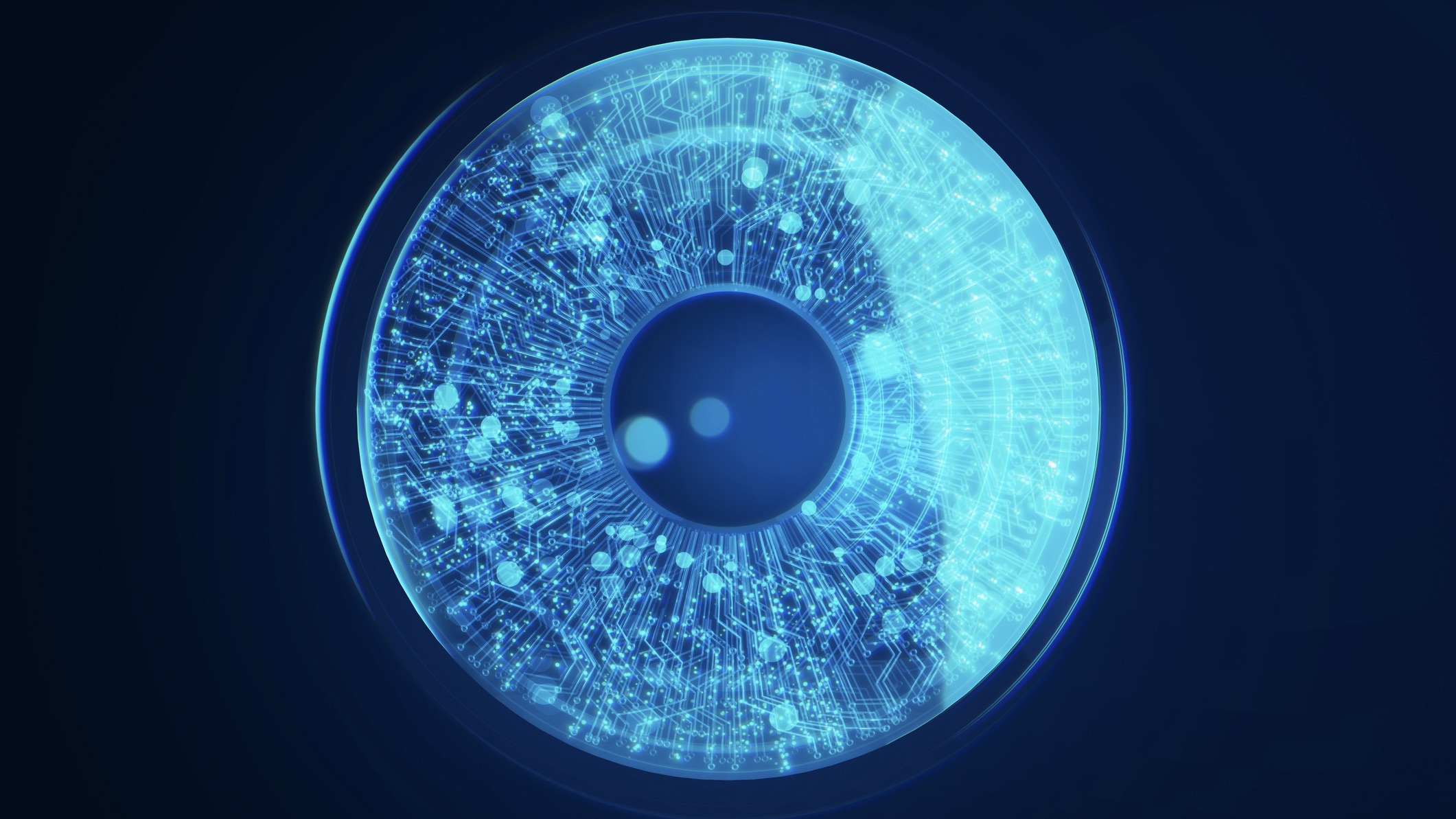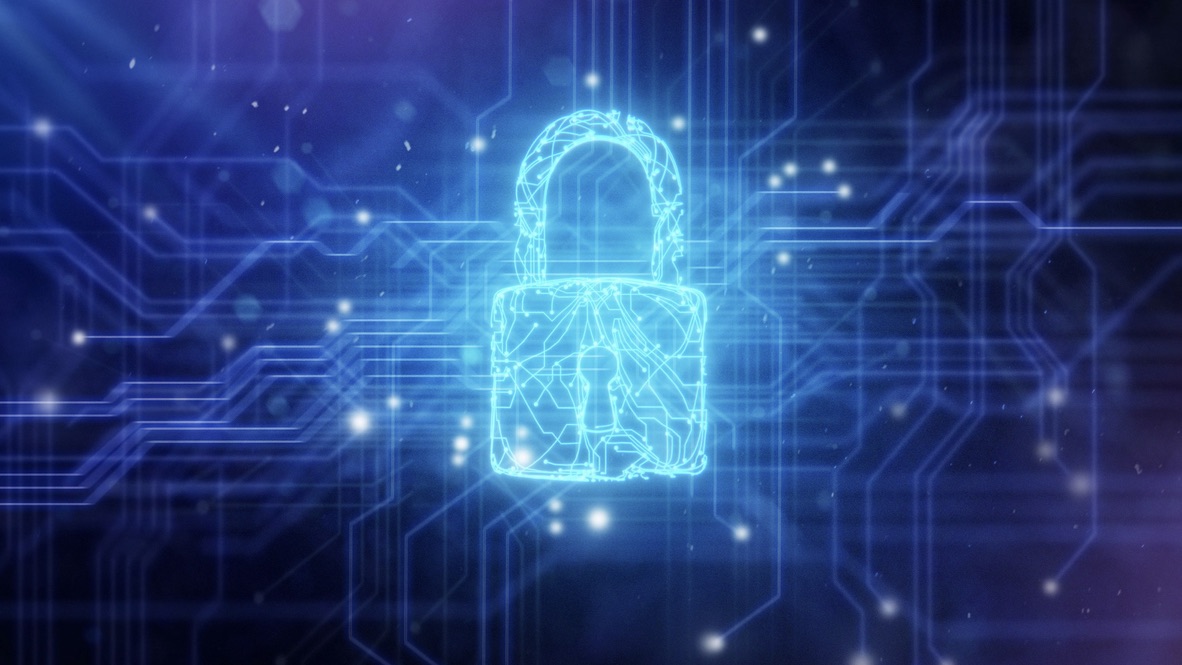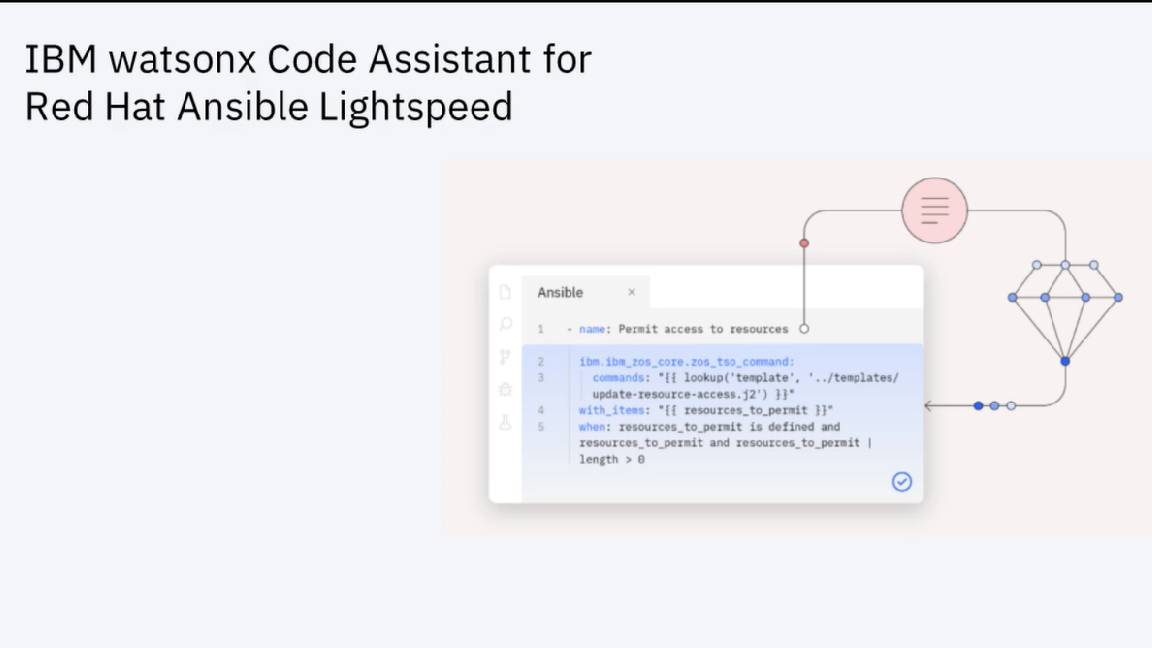In the age of AI threats, the future of security is unified
As AI-driven cyber threats escalate, the future of security demands a unified AI-enhanced approach for comprehensive real-time defense


Cyber threats are hitting harder and faster than ever before. The emergence of generative AI has ushered in a new era of sophisticated threats, where adversaries launch machine-speed attacks with unprecedented efficiency.
Phishing emails are practically crafting themselves, and deepfake voice and video have become alarmingly real. Hackers are even using AI to observe and predict defenders' responses to their malware attacks – building adaptive malware to shape-shift around them.
But these novel, headline-grabbing attacks aren’t just cautionary tales. They are a call to action for organizations to reevaluate their cybersecurity strategies and adopt more robust defenses.
New threats, new requirements
Whilst AI has bolstered threat actors’ attacks, it has also opened new avenues of defense. AI provides the means to tackle its key challenges in cybersecurity: navigating its inherent complexity, overcoming talent shortages and skill requirements, and integrating the industry's many security tools to safeguard organizations more holistically.

Modern cybersecurity requires going beyond threat detection and prevention. To truly protect their businesses and mitigate risk, organizations need to see and understand all their data across the enterprise. They then need to transform it into actionable insights that drive the most effective defense strategies. This requires a shift from traditional security methodologies, which tend towards piecemeal cybersecurity built on siloed products.
While many AI solutions already exist for securing endpoints, networks, clouds, and identities, what's truly necessary for enterprises and partners is a unified platform for the entire enterprise. It should offer real-time, autonomous response; automated, environment-wide threat immunization; and context enrichment.
It should also provide for baseline monitoring, anomaly detection, automatic investigation, and proactive risk identification, as well as soft/blind spot elimination and scalable actions for increasing data volumes and device proliferation. Implementing these processes across multiple tenants enhances the scalability of partners’ operations even further.
ChannelPro Newsletter
Stay up to date with the latest Channel industry news and analysis with our twice-weekly newsletter
Benefits of unified security
Unified security has emerged as the cornerstone of cybersecurity that is equipped to handle the new and more sophisticated threats AI technologies bring. This forward-thinking approach entails integrating diverse security solutions and technologies into a unified framework.

The shift to unified security is fuelled by the desire for simplicity. With limited IT budgets and a shortage of cybersecurity personnel, organizations seek to streamline security operations and minimize human error.
At the same time, security teams need comprehensive visibility into data across all surfaces, connections, and cloud environments. Achieving this requires connecting all the dots, which is challenging with disparate point solutions. These solutions focus on specific data sources or attack vectors. This complicates analysis with multiple agents and alert queues, creating additional tasks that IT teams often lack the time and resources to manage.
Unified platforms offer a solution by consolidating data from various sources into a single interface, enabling teams to access comprehensive insights in real-time. This streamlined approach simplifies security operations and facilitates the rapid conversion of data into actionable intelligence, especially when enhanced by AI capabilities.
Redefining cybersecurity
As the threat landscape continues to evolve, the necessity for unified security solutions becomes increasingly apparent. Point solutions, once the end-all be-all, are now seen as inadequate in addressing the multifaceted challenges posed by modern cyber threats. Customers are gravitating towards integrated security platforms that consolidate security vendors and data, providing a unified view of the enterprise security landscape.

This shift reflects a new paradigm in visibility and protection, one that prioritizes a holistic approach to safeguarding enterprise data.
The size or reputation of security vendors no longer guarantees superior protection. Instead, enterprises are turning to partners who leverage unified AI-based security platforms. These platforms seamlessly aggregate and connect data from various security products, offering streamlined technology and interfaces.
Unified security powered by AI offers an infinitely scalable solution to address these challenges. It enables enterprises to detect and prevent threats with unprecedented speed and efficiency, securing a broader range of assets than ever before. By transcending limitations imposed by SOC capacity or team expertise, AI empowers enterprises to monitor and defend their environments in real-time, at scale.
Market opportunity for the channel
RELATED WHITEPPAER

AI has made it far more difficult for organizations to defend their digital estates. Recognizing the limitations of siloed security solutions, enterprises are increasingly seeking out full business protection.
As a result, the market for comprehensive, enterprise-wide security solutions presents one of the most significant opportunities for the channel this year. Partners that meet this demand will not only safeguard enterprises from emerging threats more effectively, they will also be in pole position for continued growth and success.

Lloyd is a solutions engineering leader with over 25 years’ experience in the IT security industry, having held leadership roles at Cylance, Tripwire, and FireEye, among others. Currently, Lloyd is VP solutions engineering EMEA at SentinelOne, where he helps organizations bridge the gap between technology and business in security, helping them understand the challenges in their digital estate and how these can be addressed with the right solutions.
-
 Bigger salaries, more burnout: Is the CISO role in crisis?
Bigger salaries, more burnout: Is the CISO role in crisis?In-depth CISOs are more stressed than ever before – but why is this and what can be done?
By Kate O'Flaherty Published
-
 Cheap cyber crime kits can be bought on the dark web for less than $25
Cheap cyber crime kits can be bought on the dark web for less than $25News Research from NordVPN shows phishing kits are now widely available on the dark web and via messaging apps like Telegram, and are often selling for less than $25.
By Emma Woollacott Published